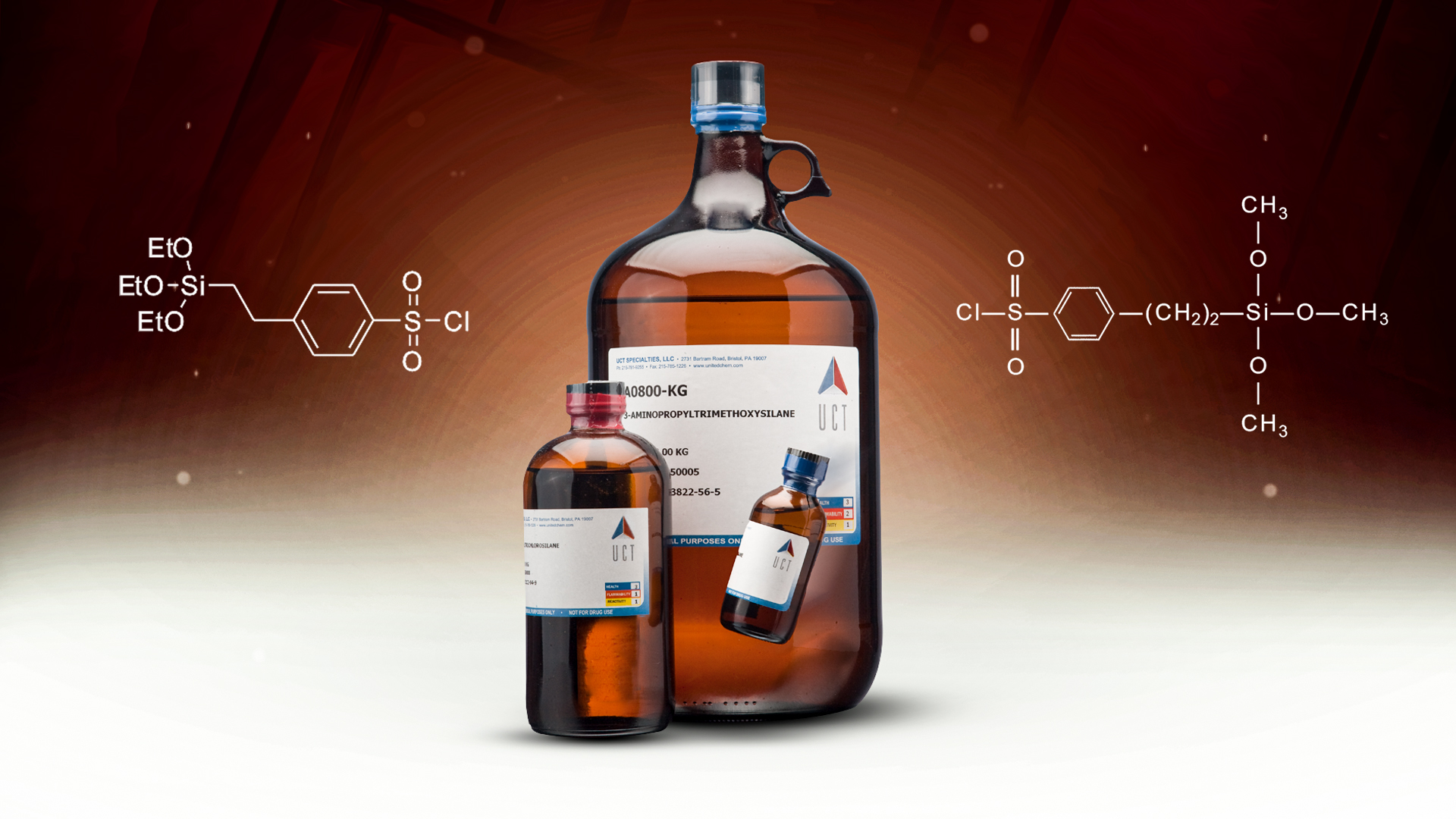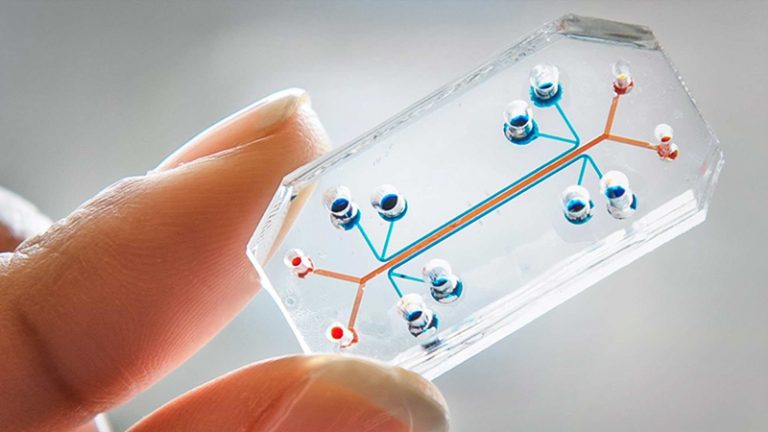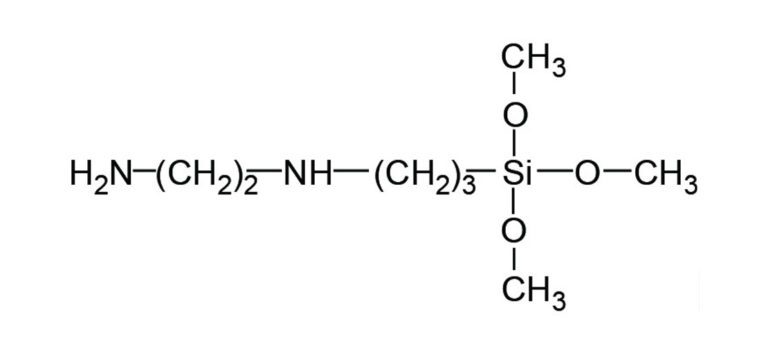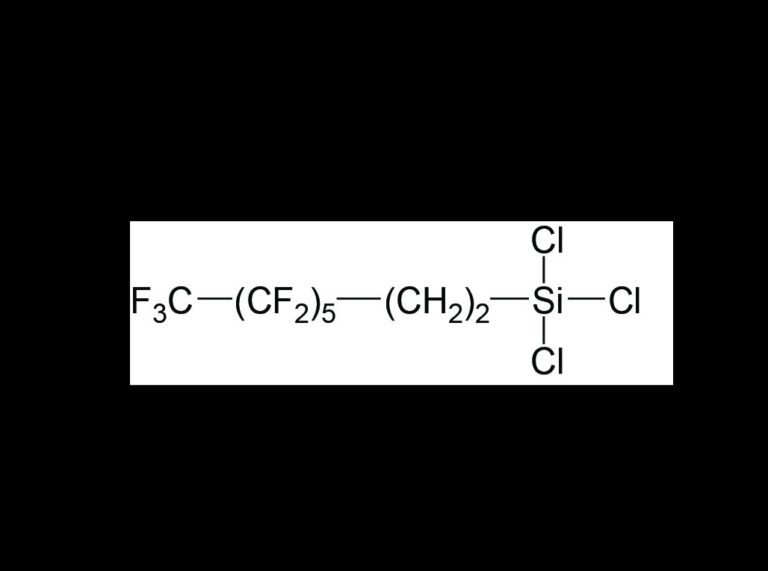Bifunctional Janus Silica Spheres for Pickering Interfacial Tandem Catalysis
In the synthesis of organic compounds, especially those used as pharmaceuticals, the number of steps in the synthetic route can be limiting in the way of high costs for low yields. Many scientists in the field have done extensive research on alternative ways to shorten these synthetic routes, for time, cost, and yield efficiency, all of which improve how eco-friendly the process is. To that end, reactions that can be performed consecutively in a “one-pot” manner can significantly increase a process’s efficiency and eco-friendliness, however these types of reactions pose many challenges. Some of these challenges can be overcome by using a type of solid supported catalyst called Janus catalyst particles. These particles are functionalized with two different functionalities, generally one hydrophilic and the other hydrophobic, in a way so that each functionality is contained on one hemisphere of the particle and the second is contained on the other hemisphere. These particles stabilize the emulsion, or mixing, of a biphasic system, such as oil and water, which increases the surface area at which come biphasic reactions can happen, thereby increasing the efficiency of the reaction. One research group at the Debye Institute for Nanomaterials Science in the Netherlands focused on a particle functionalized first with an amine group, and then with the equivalent of UCT’s 2-(4-Chlorosulfonylphenyl)Ethyltrimethoxysilane (C3360), hydrolyzed to a sulfonic acid group, effectively creating an amphiphilic acid/base particle, so called an “antagonistic” catalyst, a particularly difficult combination as generally acids and bases are incompatible. Using a tandem dehydration-Knoevenagel condensation reaction of fructose, a reaction with potential for undesired products, they were able to demonstrate first that they were able to obtain a stable emulsion using a minimal amount of the particles, and further that there is a fine balance between the acid and base which can affect the efficiency of the reaction. This balance can be modified in such a way that undesired side products are minimized. While this type of catalyst still needs additional research to fine tune, the researchers were able to provide proof-of-concept for these antagonistic type catalysts, opening the doors for a greener type of catalyst.
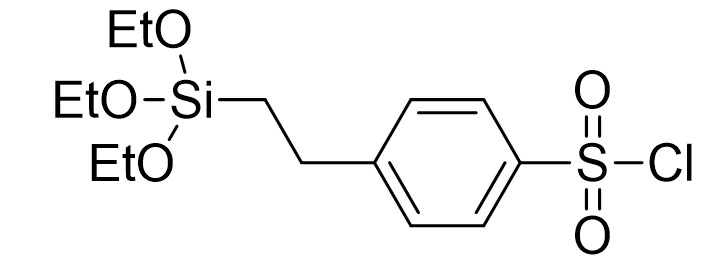

Citation: Chang, F.; Vis, C. M.; Bergmeijer, M.; Howes, S.
C.; Bruijnincx, P. C. A. Bifunctional Janus Silica Spheres for Pickering
Interfacial Tandem Catalysis, ChemSusChem, 2021, 14, 5328-5335.
https://chemistry-europe.onlinelibrary.wiley.com/doi/10.1002/cssc.202101238

